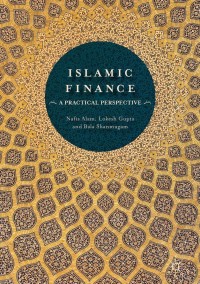Question
1.The trademarked brand assets of global companies can be a. licensed for use by third parties b. protected against dilution and infringement in the United
1.The trademarked brand assets of global companies can be
a. licensed for use by third parties
b. protected against dilution and infringement in the United States by the federal Lanham Act
c. worth billions of dollars and drive billions of dollars in annual brand revenue
d. All of these
2.State law uniform trade secret protections cover misappropriation of trade secrets by persons who have reason to know that the information was acquired by improper means, but they do not extend to threatened misappropriation.
a. True
b. False
3.Patent rights granted by the U.S. Patent and Trademark Office provide exclusive rights to make or use the invention but restrict the patent holder's licensing of the technology to a third party for profit.
a. True
b. False
4.Other countries and international intellectual property (IP) organizations like the European Patent Office provide the opportunity for patent rights for use in foreign markets.
a. True
b. False
5.A patent will not be issued or may be invalidated in a later proceeding if
a. the patent claim was anticipated by prior art
b. allowance of generic competition is proven to be required to establish a competitive market
c. the patent is proven to cause supracompetitive product pricing in U.S. markets
d. All of these
6.Businesses can monetize their patent rights by
a. selling a commercialized product embodying the patented technology
b. licensing rights of use to other businesses in exchange for royalties
c. assigning patent rights for compensation
d. All of these
Step by Step Solution
There are 3 Steps involved in it
Step: 1

Get Instant Access to Expert-Tailored Solutions
See step-by-step solutions with expert insights and AI powered tools for academic success
Step: 2

Step: 3

Ace Your Homework with AI
Get the answers you need in no time with our AI-driven, step-by-step assistance
Get Started


